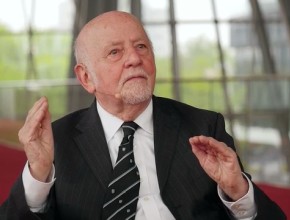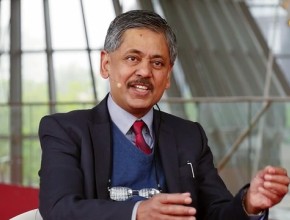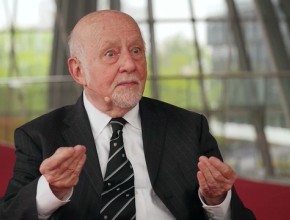What is the current approach to treatment of giant cell arteritis (GCA)?
Bhaskar Dasgupta: Initially, you have to give patients high-dose steroids and that is mainly because patients with GCA at presentation are... it is a critically ischemic disease. These patients are at risk of having sight loss and that is a catastrophic effect. You need to treat them with high-dose steroids and then, within 4 weeks, you need to try and find out if the patient is having a good response to steroids or not. If the patient is having a partial or incomplete response to steroids, we suggest that you add in other immunosuppressive agents. The problem with GCA is that other immunosuppressive agents are not very effective. Methotrexate works but has a modest effect. We have found that leflunomide is a drug that actually might work very well in patients with GCA, so we are starting doing some randomized controlled trials of leflunomide in GCA.
But, of course, the most exciting thing is a new biologic agent which inhibits interleukin-6 receptor, which is called tocilizumab. That has been found to be quite efficacious and safe in the treatment of GCA. I think we are going to hear much more about trials with other biologic agents such as sirukumab – the trial is already going on – and there are other trials with a drug called abatacept and also with Janus kinase (JAK) inhibitors.
The whole landscape for the treatment of GCA is changing dramatically, mainly because steroids in the long term with high doses have lots of side effects [such as] osteoporosis, diabetes, cardiovascular damage, eye problems. To minimize that, we want to reduce the amount of steroids that you give to a patient.
 English
English
 Español
Español
 українська
українська






